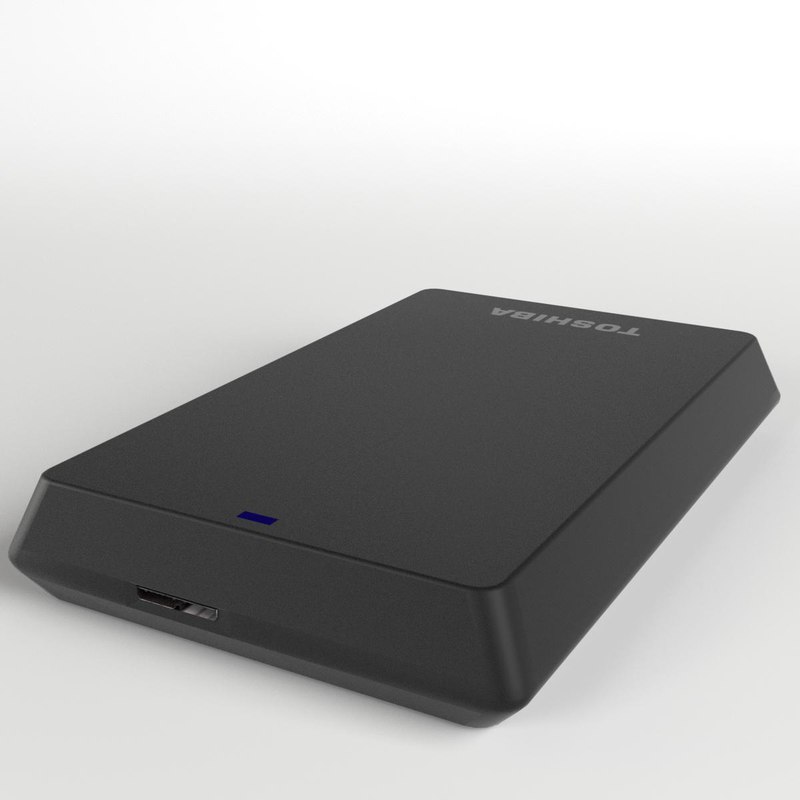Toshiba Usb Hdd Driver
Disasembly and assembly of a TOSHIBA External Hard Drive - YouTube I would start by plugging it into a black, USB 2.0 port, go into UEFI/BIOS setup and see if the drive is recognized as a possible boot source. As a last resort, open the case, connect the hard drive via standard SATA and power cables.
- Windows Device Manager
- MiniTool Partition Wizard
No parts specified.

Toshiba Usb Driver Update
Press Windows + R, type 'devmgmt.msc' into the Run dialog, and press OK. Expand Disk drives. Right–click the external hard drive and choose Update Driver Software…
If there are any updates, follow further instructions and your hard disk driver will be updated.
Experienced users will check whether their external hard drive shows up in Disk Management when they find Windows doesn't detect it. To open the Disk Management tool, you can right-click This PC (or My Computer in Windows 7) and choose Manage in the context menu to enter Computer Management, and then select Disk Management on the left.
As we know, once the drive letter is missing, Windows cannot recognize this drive but we can see it in Computer Management window. Now, we have to assign a drive letter to the HDD to make Windows recognize it.
Right-click the external hard drive, and choose Change Drive Letter and Paths…
Autocad portable 2011 64 bits download for windows. Click Add, and then pick a letter for the drive and click OK.
If you see the external hard drive which is not recognized by Windows is full of 'unallocated space,' you'll want to create a new partition on it. This will allow Windows and other operating systems to recognize and use this HDD.
As we know, different tools like Windows Disk Management tool, diskpart commands, Free Partition Magic like MiniTool Partition Wizard, and others can help to create partition.
As we know, if you connect a new Toshiba external hard drive to your PC, your Windows may not recognize it because it has not been initialized. Open Disk Management. (Press Windows + R on your keyboard to launch the Run dialog box. Type 'diskmgmt.msc' into the box and press OK.)
Right click on the name portion of the disk entry, where it says Disk [#]. Select Initialise Disk from the right-click context menu. And then, you will be given detailed operating prompts. Just do as told.
Note: during the initialization process, you'll be prompted to choose whether you want to use a Master Boot Record (MBR) or a GUID Partition Table (GPT) for the partition style of your Toshiba external hard drive. Here, in my opinion, if the capacity of your Toshiba HDD is over 2TB, you had better choose GPT, for MBR can support up to 2TB disk.
If your Toshiba external hard drive has been partitioned with the wrong file system, you will also encounter the 'external hard drive not recognized' issue. For instance, you may have formatted the drive with the ext4 file system from Linux or the HFS Plus file system from a Mac. Or, you drive file system is damaged and shows as RAW.
However, Windows cannot recognize these file systems, thus Windows cannot recognize your external hard drive.
First, recover important files from the external hard drive that is not detected by Windows. Second, reformat this drive with the newer NTFS file system or older FAT32 file system so Windows will be able to recognize it.
Now, in the age of the internet, our computer might be at a risk of being attacked by virus when visiting some sites. Once our PC gets infected with virus, Toshiba external hard drive connected to PC will be infected. Thus, Windows cannot recognize the Toshiba external HDD.
Now, in this situation, we should firstly recover lost data from external hard drive not detected. Then, run anti-virus software to kill virus as soon as possible.
To reassemble your device, follow these instructions in reverse order.
To reassemble your device, follow these instructions in reverse order.
3 other people completed this guide.
Embed this guide
Choose a size and copy the code below to embed this guide as a small widget on your site / forum.
Toshiba Usb Drive Hdd Driver
Preview
Comments are closed.